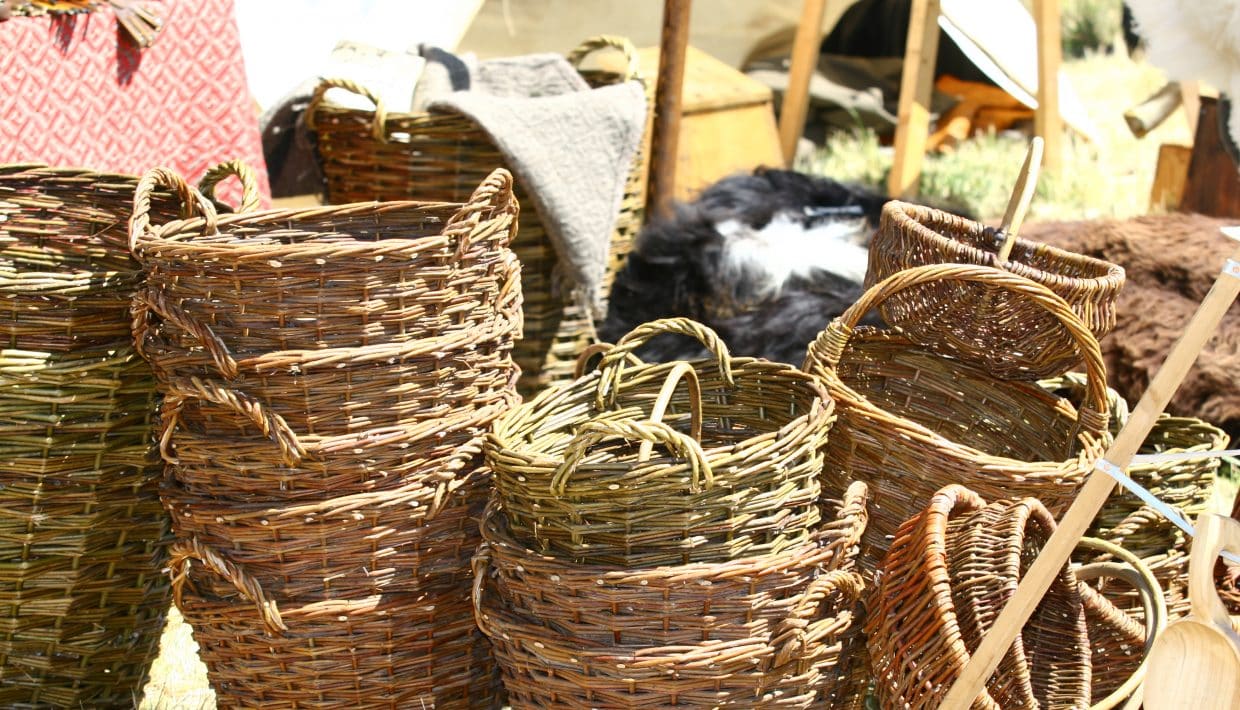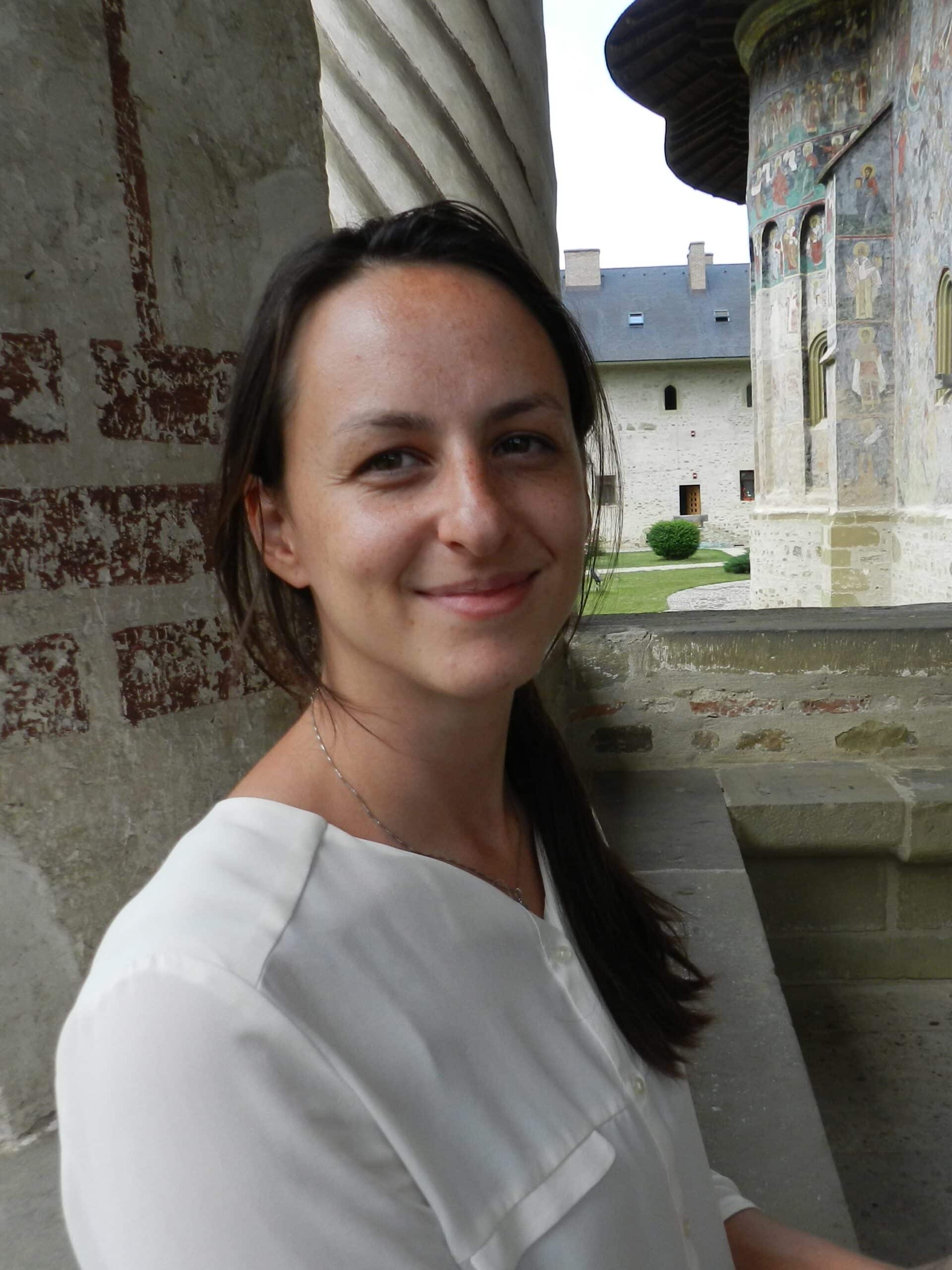
Keynote speaker: Sarah Croix
At NIKU's conference Nature and Culture in Medieval Towns Sarah Croix from Aarhus University will give a talk about changing lifestyles and the beginnings of urbanism in Scandinavia.

Sarah Croix is Assistant Professor at the School of Culture and Society, Center for Urban Network Evolution, Aarhus University. At Nature and Culture in Medieval Towns 6-7 March 2019 she will give a keynote speech about changing lifestyles and the beginnings of urbanism in Scandinavia.
See detailed program for the conference here.
Abstract
Changing lifestyles and the beginnings of urbanism in Scandinavia
None of the activities which are traditionally used to define the urban character of the trading sites appearing in Scandinavia in the early Viking age were new or exclusive to these sites in any way. Long-distance trade and various specialized crafts were also encountered on a range of sites of different characters, from complex elite settlements to coastal landing sites.
However, it has been argued that the concentration of these activities in the emporia, the recurrence of these activities and their degree of specialization, requiring access to various types of raw materials, have been a key element in the success of these original forms of settlement.
These processes led to the development of an original life-style, marked by a specific temporality, modes of consumption, and economic subsistence, which therefore appears rather distinct from the ways of life of other communities, which relied more heavily on exploiting the resources of the land and the sea.
In a context of transformation, in which the first urban sites became permanently settled, the distinction between these different life-styles is, however, far from clear-cut.
In this talk, I wish to offer some reflections on changing life-styles and the extent to which the relation to nature and its resources in the emporia can be seen as a defining element of an ”urban” culture in the early Viking age in Scandinavia.
Besides the exploitation of natural and agricultural resources for consumption and as materials to be exchanged or manufactured, I would like to focus on building forms and burial customs, the first for its capacity to reflect a particular life-style, the architecture both resulting from particular needs, resources, traditions and innovations; the second for its potential of revealing choices and attitudes towards the use of the landscape and towards other living creatures in a ritual context in which meanings may be more easily perceptible, albeit not necessarily more significant, than in a domestic setting.
Read more about Nature and Culture in Medieval Towns here.
For additional information, please contact

